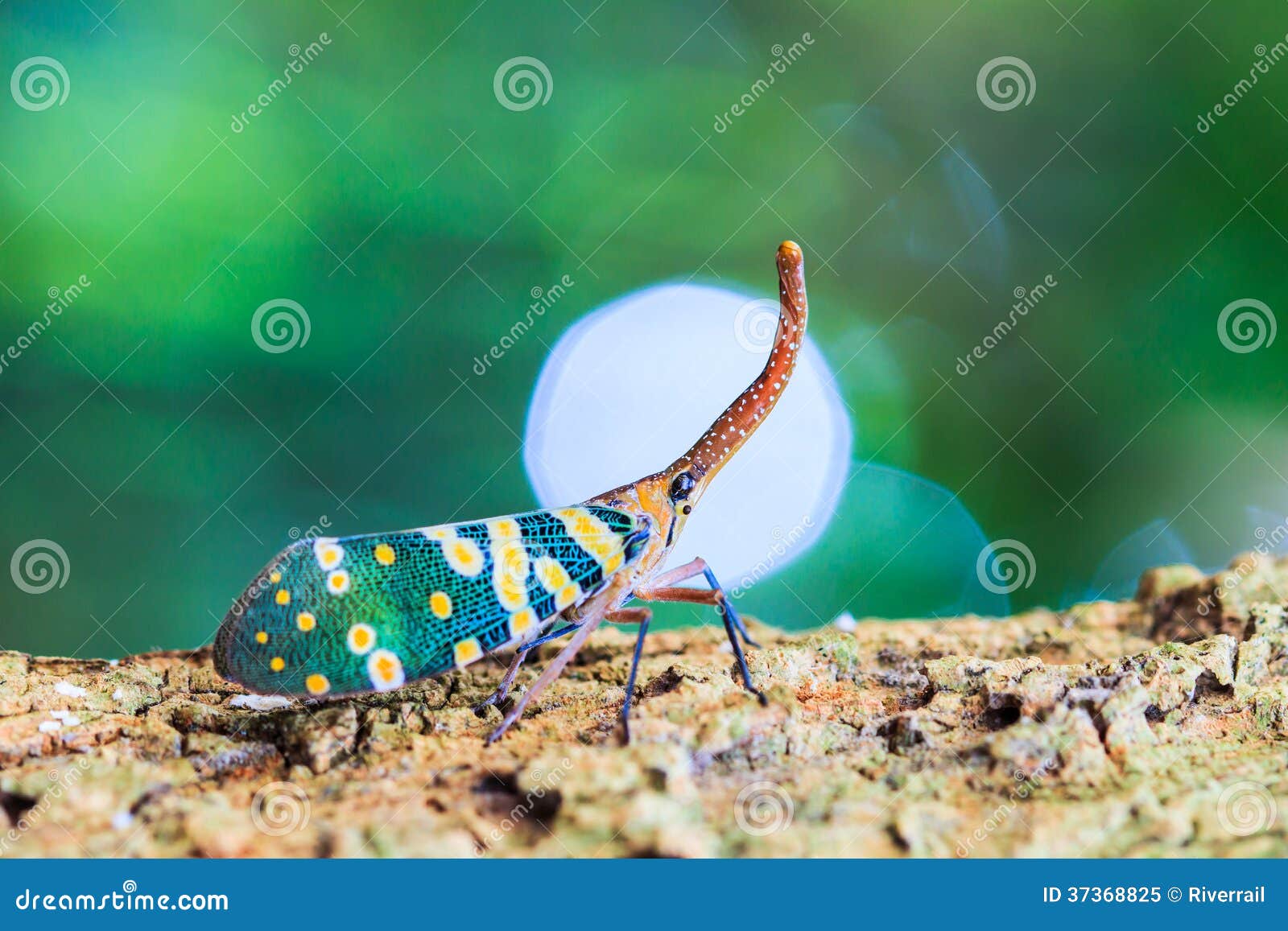

If summer 2022 is anything like summer 2021, they will likely be everywhere. Here's what NJ is doing to make it easier to hire more Last summer, in August alone the New Jersey Department of Agriculture received almost 10,000 emails and phone calls concerning the pest. That will likely change as spotted lanternflies morph into more colorful stages, in which they appear red and black, and later as adults with wings and long antennas. The agency is already starting to get reports from the public, but not enough yet to determine where there is a concentration, said Jeff Wolfe, a department spokesman. The state Department of Agriculture has even set up a website - badbug.nj.gov - for the public to get information and report sightings. It leads to a one-two punch that can weaken the tree and eventually contribute to its death.ĭespite their spread, New Jersey farmers did not report any significant damage in 2021. As they feed, they secrete a sugary substance that draws other insects such as wasps and ants to feed and promotes mold growth. But the problem in New Jersey and other eastern states is that they will suck the sap from as many as 70 plant species, especially fruit trees. Spotted lanternflies love to feed on the tree of heaven. Two giveaways are their white spots and ability to jump a foot or more. Right now, they are in their early nymph stage, in which they appear black and very small. The life cycle of the spotted lanternfly begins in mid-spring when they hatch from egg clusters that were laid by the prior generation last fall. Invasive species: 5 harmful invasive insects that have wreaked havoc in NJ They have already been seen clinging to trees in the deep forests of the Highlands and Pinelands, as well as scaling the facades of high-rises in densely populated Hudson County. Now they have infested nearly every corner of New Jersey. It was first found in New Jersey four years ago despite efforts to contain it in eastern Pennsylvania, where it was first discovered in the U.S.

The spotted lanternfly, a native of China, most likely came to the U.S.


 0 kommentar(er)
0 kommentar(er)
